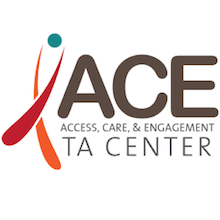
Does your organization use multiple communication channels to engage clients and community partners during Open Enrollment? This blog covers two areas to help maximize the reach of your Open Enrollment messaging strategy.
- Key channels for communicating with clients and partners during Open Enrollment
- How to sign up for ACE TA Center Office Hours to get help with your messaging strategy
1. Key channels for communicating with clients and partners during Open Enrollment
An effective Open Enrollment messaging strategy will use multiple channels to meet different people where and when they prefer to communicate and receive information.
Direct mail (i.e. snail mail)
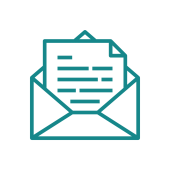
- Best for reaching: Clients
- Examples: Postcards, letters, etc.
- Benefits: This format is familiar and tangible. You can tailor your message for different audiences.
-
Drawbacks: Some clients may not get the postcard or may lose it before acting on the message. Clients with unstable housing may not receive it.
In-person
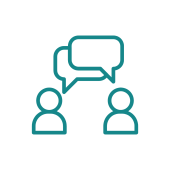
- Best for reaching: Clients, peers, and assisters
- Examples: Client conversations with case managers; presentations to external assister organizations and peer leaders
- Benefits: You can be sure that clients, peers, and external partners receive highly tailored messaging during Open Enrollment.
- Drawbacks: Does not reach clients that do not connect with your organization in-person leading up to or during Open Enrollment.
Text message and email

- Best for reaching: Clients
- Examples: Text messages reminders to schedule pre-enrollment appointments
- Benefits: Clients that prefer to receive electronic communication from you will already be comfortable getting messages this way.
- Drawbacks: Clients will need to opt in to receive text and emails, and agencies need to be prepared to meet HIPAA requirements for electronic communication with clients.
Social media
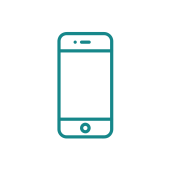
- Best for reaching: Clients, partners, the general public
- Examples: Facebook, Twitter, Instagram
- Benefits: These free platforms may already be widely used by your clients and partners and offer quick ways to share and reinforce messages during Open Enrollment. Social media posts also help raise awareness of Open Enrollment and the services your agency provides to support enrollment for people with HIV.
- Drawbacks: Your agency or partners (e.g., local health department) will need existing social media accounts that are already engaging followers. Using social media doesn’t allow you to directly reach your eligible RWHAP clients if they do not follow your accounts.
Digital advertising
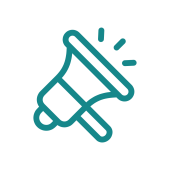
- Best for reaching: Clients, the general public
- Examples: Facebook ad, Twitter ad, or promoted Instagram post
- Benefits: Allows you to target ads by location, profile information.
- Drawbacks: Requires additional budget to pay for the ads, and staff time to coordinate the posting.
Outreach events

- Best for reaching: Clients, the general public
- Examples: Health insurance enrollment fairs, community health fairs, and other non-health community events
- Benefits: Raising awareness among the broader community about the shorter Open Enrollment period, as well as the services your organization provides to support enrollment for people with HIV.
- Drawbacks: Your agency will need to commit resources and staff time to plan and execute in-person events.
Use the ACE TA Center Twitter Toolkit for Marketplace Open Enrollment
In the final weeks leading to Open Enrollment, consider how you are already communicating with clients and if there are additional ways you can integrate messaging about renewals and enrollment into those activities. If you are working with external enrollment assisters or HIV peer navigators ensure that they also know your key Open Enrollment messages for clients, too.
2. Get help with your messaging strategy during ACE TA Center Office Hours
Sign up for ACE TA Center Office Hours to join our team and a small group of participants to discuss Open Enrollment messaging strategies, key messages for clients and partners, and how to use multiple communication channels.
Choose the session time that works best for you. We will cap registration at 40 participants.
Session 1: Thursday, October 3, 1–2pm Eastern Time
Register now
Session 2: Thursday, October 10, 1–2pm Eastern Time
Register now